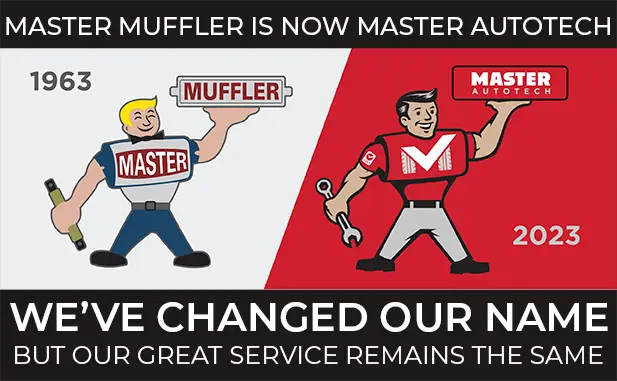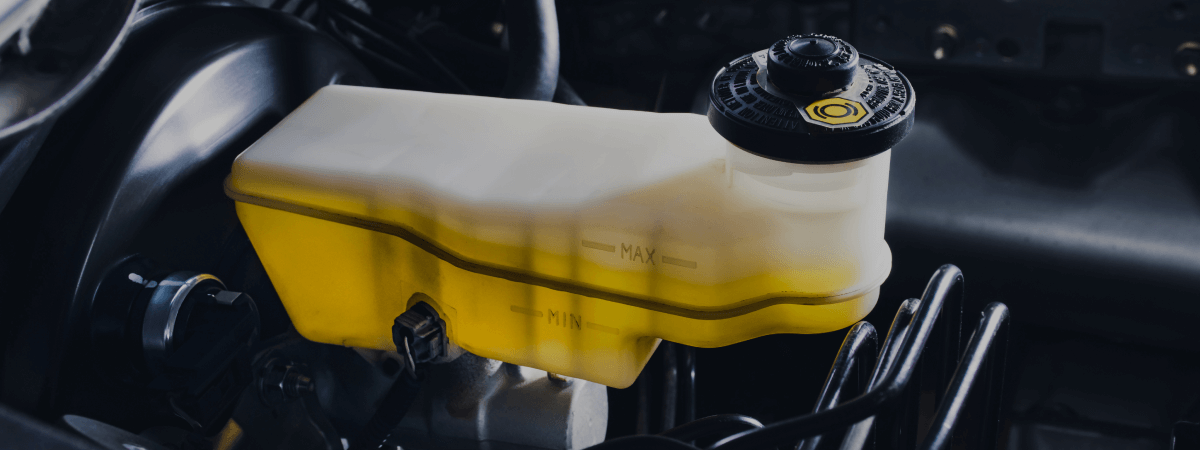
Have you ever looked at the oil change price on your receipt and wondered why it costs what it does?
While it might seem like a simple service, there’s more to it than just draining old oil and pouring in new. Let’s break it down so you can understand what goes into the price and why getting it done professionally is often your best bet.
What Affects Oil Change Price?
Every car and driver is different, meaning oil change prices vary. Here’s what plays a role:
- Type of Oil: Full synthetic oil costs more than conventional oil because it lasts longer and provides better engine protection. However, it also extends the time between oil changes, potentially saving money over time.
- Labor Costs: Professional oil changes involve trained technicians who ensure everything is done correctly, from selecting the right oil to properly disposing of used oil. Labor charges can vary by location and service center.
- Vehicle Type: Larger vehicles or those with unique engine designs may require more oil or special types of oil, which increases the cost.
- Additional Services: Many oil change services include extras like fluid level checks, tire pressure adjustments, and courtesy inspections, which add value to the service.
If you drive in extreme weather, tow heavy loads, or do a lot of stop-and-go driving, you might also need oil changes more frequently. These factors can impact overall costs over time.
What a Typical Oil Change Price Looks Like
The cost of an oil change can vary depending on a few factors, like the type of oil your vehicle needs, where you live, and whether you DIY or go to a pro.
- Conventional Oil Change ($35–$75): Affordable and suitable for older vehicles with simple engines. It requires more frequent changes, typically every 3,000–5,000 miles.
- Synthetic Blend Oil ($45-$85): A mix of conventional and synthetic oil that offers better protection and longevity.
- Full Synthetic Oil ($100-$150): Engineered for high performance and extreme conditions, lasting up to 7,500–15,000 miles between changes. 0W European oils will cost you the most.
Why the big difference? Synthetic oil lasts longer and performs better in extreme conditions, so you’re paying for added durability and protection.
If you’re doing it yourself, a basic oil change kit (oil and filter) will cost around $30 for conventional oil, and you can expect to pay anywhere from $40 to $100+ for full synthetic oils.
While that’s cheaper upfront, keep in mind the time, tools, and cleanup involved.
How to Know What Kind of Oil Your Car Needs
Figuring out if your car needs synthetic or conventional oil is easier than you think. Start with your owner’s manual—it’s the go-to source for what works best with your engine.
Next, think about how you drive. If you’re often in extreme heat or cold, tow heavy loads, or make a lot of short trips, synthetic oil is probably the better choice. Got an older car? It might do just fine with conventional oil or a blend.
If you’re still unsure, ask your mechanic. They’ll make sure your engine gets what it needs to stay in top shape.
What’s Included in a Professional Oil Change?
When you take your car to a shop or dealership, you pay for more than just the oil. Here’s what typically goes into the service:
- Oil and Filter Replacement: Fresh oil and a clean filter keep your engine running smoothly.
- Inspection: Many shops check your fluid levels, belts, and other essentials while they’re under the hood.
- Proper Disposal: Used oil is hazardous waste and needs to be disposed of responsibly. Pros handle this for you.
- Some service centers even offer extras, like tire pressure checks, window cleaning, and vacuuming. Those small touches can make the process feel more worthwhile.
Why Pay a Pro?
Sure, changing your oil yourself is doable, but there are some solid reasons to let a professional handle it:
- Expertise: Technicians know the correct oil type and specifications for your car. During the service, they can also spot potential issues, like leaks or worn components.
- Proper Disposal: Used oil is considered hazardous waste and must be disposed of correctly. Service centers handle this for you, ensuring compliance with environmental regulations.
- Convenience: Professionals can perform an oil change quickly and efficiently, often within 30 minutes. Many service centers also offer “stay-in-car” options for added convenience.
- Comprehensive Service: Beyond just replacing oil, professionals typically inspect your car’s overall condition, including the battery, belts, and lights
Plus, if you drive a newer or high-performance vehicle, it’s often better to trust someone trained in working with modern engines.
Is That Oil Change Price Worth It?
Regular oil changes are one of the easiest ways to protect your car and keep it running smoothly. Fresh oil reduces friction, keeps your engine cool, and helps prevent wear and tear on critical components.
A poorly done job or skipping an oil change can lead to costly repairs or a shorter engine lifespan. While you can save a few bucks doing it yourself, a professional service’s expertise and added value often outweigh the DIY route—especially if you’re not a fan of getting your hands dirty.
Whether you go for the budget-friendly DIY option or trust a professional, staying on top of your car’s maintenance is important. It’s a small investment that pays off in the long run by keeping your engine happy and your vehicle running smoothly.
But if you want to make sure that your oil change gets done right, book your oil appointment at Master AutoTech today!
Related Posts
Key Takeaways On average, passenger vehicle tires last 40,000 to 60,000 miles, depending on type, driving habits, and maintenance. Replace tires when tread depth reaches 2/32”, if damaged, or older than 10 years. Regular rotation, alignment, and proper inflation extend tire life. Aggressive driving, poor roads, and harsh weather shorten tire lifespan. Take advantage [...]
When you think about car maintenance, you probably focus on oil changes, tire rotations, and maybe even brake pad replacement. But what about your brake fluid? If you’ve ever wondered, “What does brake fluid do?” or “Why is brake fluid important?”, you’re not alone. Brake fluid might not be the most talked-about part of [...]
Is that high-pitched squeal from your brakes driving you—and everyone else—crazy? Don’t ignore it. Squeaky brakes aren’t just annoying, they’re your car’s way of saying something needs attention. Whether you're cruising through Salt Lake City or winding up Idaho’s mountain passes, here’s what’s likely going on, how you can fix it, and when it [...]







